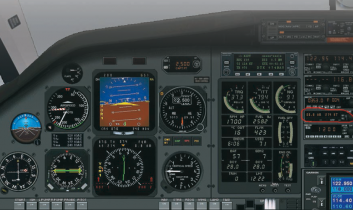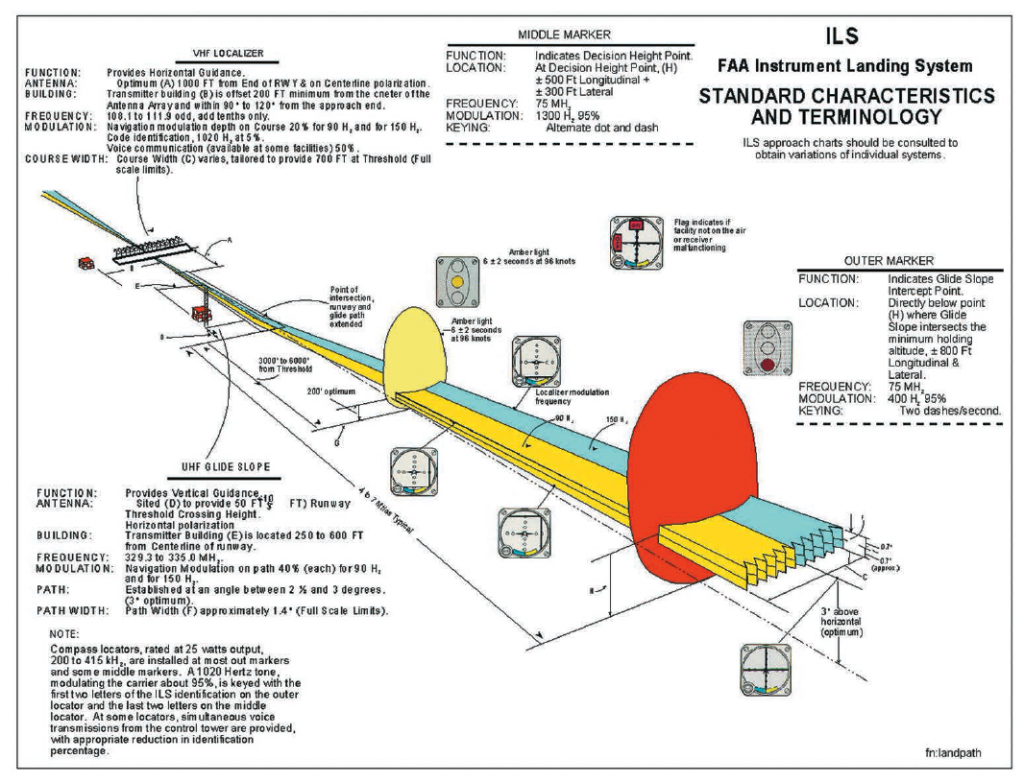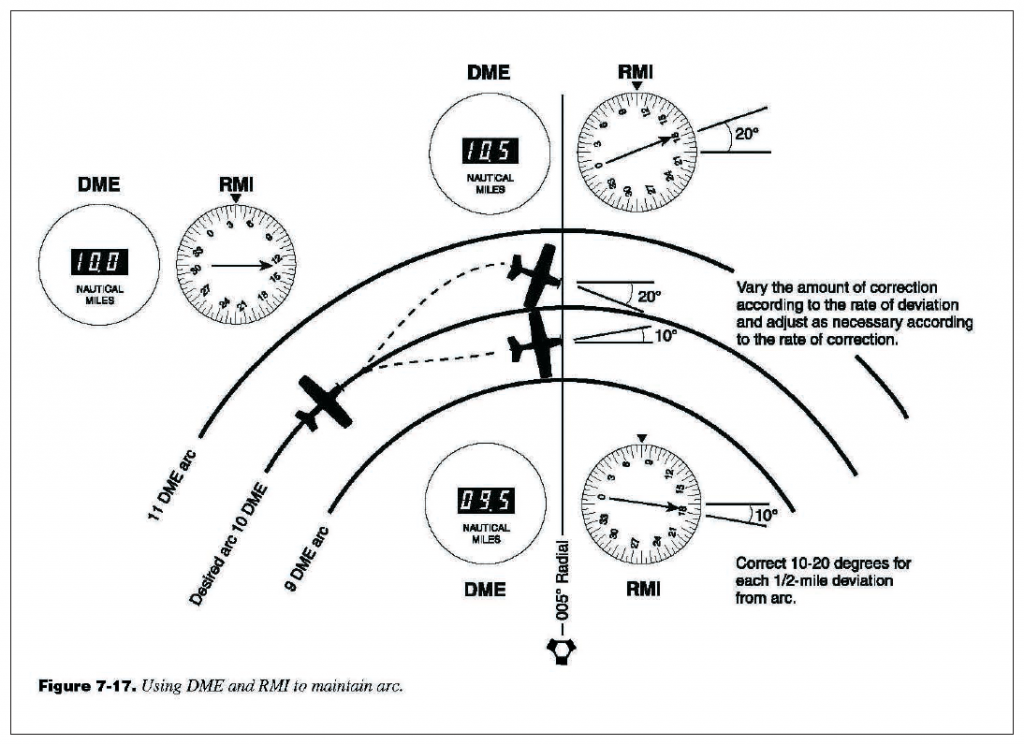They’re not Antiquated, They’re Vintage!
Pre-digital era avionics are not mere quaint relics, but highly effective instruments that still have their place.
The advent of the microchip has produced such a profound change to the human condition it’s sometimes hard to believe that we, as a species, were able to function without it. The exponential acceleration in the evolution of electronics has been mind-numbing to say the least and this change can be quickly and clearly illustrated by comparing the cockpit of a 1970s aircraft to a 2014 model.
Having said that, I’ve been quite surprised recently by the large number of industry practitioners who are keen to ensure training curriculum for the new generation of aircraft maintenance engineering students includes the older technologies. Scarcely a day goes by without someone assuring me that there are still many airplanes in operation that are employing older technology, and that there will be a need for people to be trained in the maintenance of these technologies for quite some time to come.
Wood and fabric structural repairs, radial engines, electro-mechanical flight instruments, and so on, are still very much part of the aviation world, according to the feedback I’ve been receiving.
(Note: I would like to thank all of the many readers who have been emailing me with their insights and opinions regarding this matter. Your input is tremendously valuable to me, and I’m most grateful for it!) Software-driven systems may be controlling every aspect of an Airbus’s flight, from the multi-axis auto-land system, to the lav’s multiplexed auto-flush systems, but there are still many aircraft using the old “tried and true” technology. The Global Positioning System (GPS) has become the foundational navigation system upon which most of the new generation avionics such as ADS-B are based, with many pilots now relying heavily on GPS for all their navigational requirements. However, the old avionics systems are still available and operational for those who wish to use them.
Whether speaking of fine wine, automobiles, or even musical instruments, I prefer to avoid using the term “old” equipment, in favour of “vintage” equipment. So let us look now at some of the more traditional and still widely used “Vintage Avionics Systems”.
Surely one of the most useful and impressive avionics systems is the Instrument Landing System (ILS). The ILS enables the landing of aircraft in conditions of poor visibility and, in fact, zero-visibility when it is coupled to an auto-land system.
The two primary components of the ILS are the “localizer” which guides the aircraft to the runway’s centreline, and the “glideslope” which provides the proper vertical approach angle. The beauty of the ILS lies in its simple elegance of operation. The localizer antenna sits at the far end of the runway, broadcasting one signal to the left of the runway centreline, and a different signal to the right of the centreline. The localizer (radio) receiver aboard the aircraft simply compares the strength of those two signals to determine the position of the aircraft. When the signals are of equal strength, it means the aircraft is aligned with the centre of the runway and the localizer needle will be in the centre of the instrument, telling the pilot, “You’re on course, lined up with the runway.” Should the aircraft drift off course, to the left or right of the runway, the signals will no longer be of equal strength and so the needle will move in the instrument, telling the pilot to either “fly left” or “fly right” in order to get back on course.
The glideslope system works in exactly the same way except one of the signals is broadcast above the desired glidepath, and the other is broadcast below it. When the aircraft is right ON the glidepath, the signals will be of equal strength and the glideslope needle will be centred, thus indicating to the pilot, “You are on the glidepath.”
The pilot uses the NAV control head to tune in the radio frequency for the localizer. When this is done, the appropriate glideslope frequency is automatically selected. Another “vintage” avionics system is also automatically selected and tuned whenever the pilot dials in a localizer frequency. The Distance Measuring Equipment (DME) is designed to indicate the actual distance between the aircraft, and the ground station (in this case, the ILS).
The DME (see graphic above) also works in a delightfully simple way, using the concept of “Distance equals Velocity multiplied by Time” or (d = V x t). The DME radio aboard the aircraft (which, incidentally, is called an “interrogator”) begins transmitting pulses when it detects the presence of a DME station on the ground. When the DME station on the ground receives these pulses, it transmits them BACK to the aircraft. The DME interrogator aboard the aircraft determines how much time it took for the pulses to travel from the aircraft to the ground station and back again. Since we all know that radio waves travel at the speed of light, we can see that it’s a simple matter for the DME interrogator to calculate how far the radio pulses had to travel in order to get from the aircraft to the ground and back again in the elapsed time it measured.
The localizer system operates in the VHF frequency band, employing an RF carrier in the range of 108.10 MHz-111.95 MHz (only the odd 0.1 MHZ frequencies, i.e. 108.10, 108.30, 108.50 etc.). The localizer RF is amplitude modulated by a 90-Hz tone on the left side of the runway, and a 150-Hz tone on the right. The Difference in Depth of Modulation (DDM) is used to determine the position of the aircraft, comparing the two modulating audio frequencies. The glideslope system is automatically tuned when a localizer frequency is selected and it operates within the RF range of 329.15-335.0 MHz. Like the localizer signal, 90 Hz above the glidepath, and 150 Hz below it, modulate the glideslope signal.
The DME interrogator is automatically tuned whenever a VOR or localizer frequency is selected. The complete range of RF for DME operation, including the ground station, is 962-1213 MHz and the transmissions are in the form of pulses. The DME will not begin sending interrogation pulses until it detects the presence of a DME ground station sending replies to other DME interrogators in the area.
If there are no other aircraft present, the DME ground station will send out random pulses called “squitter” pulses, designed to trigger DME interrogations. The DME interrogator uses random spacing of its interrogation pulses, such that it recognizes its own replies, and disregards those intended for other aircraft. This randomized pulse spacing is known as “jitter”. It should also be noted that the DME ground station transmits the reply pulses at a frequency 63 MHz higher or lower than that of the interrogations, and that it delays the transmission for 50 microseconds. This allows for reception, processing, and retransmission.
Although GPS approaches are becoming more commonplace, and do allow for greater flexibility and efficiency, the traditional instrument landing systems enhanced by the information provided by the distance measuring equipment are going to be with us for some time to come. It’s important that we don’t lose sight of this, as we prepare the next generation of Aircraft Maintenance Engineers.
Q1: What is the purpose of the “Localizer” system?
Q2: What is the airborne DME radio called?
Answer to previous question:
Q: What type of satellite is used to transmit GPS data?
A: Orbiting satellites are used to transmit GPS data.
About The Author
GORDON WALKER entered the avionics industry after graduation from Centennial College in 1980. His career with Nordair, Air Canada, CP Air, PWA, and ultimately Canadian Airlines took him to many remote corners of Canada. Since leaving the flight line to pursue a career as a college professor, Walker has continued to involve himself in the aviation/avionics industry, by serving on several CARAC Committees concerning the training and licensing of AMEs, being nominated to the CAMC Board of Directors, and being elected President of the National Training Association. (NTA).
View all articles by Gordon Walker.


















































